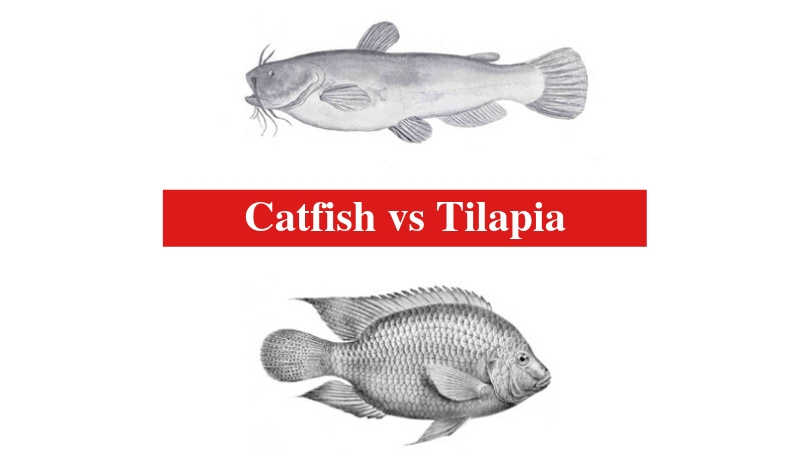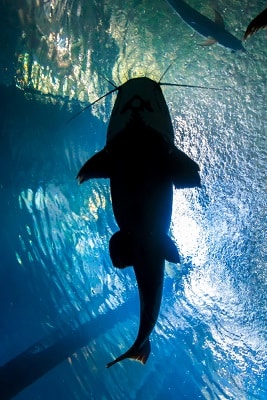
Catfish and tilapia are freshwater fish species that can be found in rivers and lakes. They are also one of the many fish species that farmers breed for commercial purposes. Since they share similar habitat, these two fish species interact in different ways which usually ends with the tilapia facing disadvantages due to its size and feeding preferences.
Catfish vs Tilapia
The catfish feed on almost everything that can be food in the rivers, such as insects and their larvae, smaller fish, aquatic plants and algae among other foods in the river. On the other hand, the tilapia feeds on aquatic plants and algae. These food sources form the major feeding diet for the tilapia; however, their size makes the tilapia prone to becoming food for the catfish.
Both fish species have been identified as potentially invasive species. The catfish is known for its aggressive reproduction rate and highly diverse diet. When introduced in a river or pond the catfish can quickly suppress the presence of other fish in that pond. This is also the case with the tilapia, except the part about suppressing other bigger fish. The tilapia multiplies quickly and deplete the aquatic plants in the river leaving barely enough for other aquatic organisms that rely on the plants for food.
The tilapia is also known to avoid cold water, during the winter. While a few tilapias may survive the cold weather, they are affected in many ways. The cold weather can cause stunted growth in tilapia because they hide away and have less access to food. Catfish, on the other hand, can leverage the inactivity of tilapia during the cold season to prey on them.
Regarding the dietary benefits of both fish species, catfish and tilapia are highly demanded in the fish markets. The catfish and tilapia are excellent sources of protein and other notable nutrients. Most especially, the tilapia is sought for its unique flavor due to the rich tasting oils that improve its meat when cooked. Catfish and tilapia are also rich sources of the omega 3 acids which we consume for its health benefits.
One of the major reasons tilapia falls prey to the catfish is the effect of cold weather which makes them swim slowly in the water. Averagely, tilapias swim very fast and can evade the bigger catfish. However, they are easier to catch during winter. Tilapia are known to have survived in the natural aquatic habitat this long because they reproduce very quickly. This is what has helped to maintain the population of tilapia in the rivers.
Some anglers have intentionally used pieces of tilapia as bait for catfish. The reports indicate that cutting up tilapia and using them as bait works perfectly, just like using shads or other lures for catfish. In private ponds where catfish are grown, farmers have also been known to introduce tilapia in the pond. The goal is to encourage the catfish to eat more tilapia which serve as a source of protein for the catfish to help them grow bigger.
Overall, it is unlikely that tilapia will thrive in the same pond with catfish, so you should avoid attempting to grow these two fish species together.
Related:
